- Squash and Stretch
- Anticipation
- Staging
- Follow Through and Overlapping Action
- Straight Ahead Action and Pose-to-Pose
- Slow In and Out
- Arcs
- Secondary Action
- Timing
- Exaggeration
- Solid Drawing
- Appeal
Squash and Stretch
The classic example to demonstrate squash and stretch is a bouncing ball.
This principle can also be applied to human movement, such as jumping.
Anticipation
A movement or expression that is setting up a major action or change.
Movement occurs in 3 parts:
- The Preparation (Anticipation)
- The Action
- The Termination
Staging
The presentation of an idea, scene or action so that it is unmistakably clear.
It is also about mise en scene, everything in the scene, including camera shots and lighting.
Follow Through and Overlapping Action
Follow Through is near the termination of an action. Actions rarely come to a sudden stop but are generally carried on due to the momentum of the action.
Overlapping Actions are movements which happen at the same time as other actions.
For example the movement of the empty hand when someone throws a ball or a dress reacting to movement.
Straight Ahead Action and Pose-to-Pose
Straight Ahead Action is produced frame by frame in a linear fashion. This process produces interesting outcomes as the nature of the process is kept creative.
Pose-to-Pose is when the main actions for the scene are set and then the frames between are filled in.
This can be quick and efficient, but can lose vitality if fone carelessly.
Slow In and Slow Out
Also referred to as Easing
It is used at the beginning and end of animations so movement does not abruptly begin or end. A good example of this movement is a pendulum.
Arcs
Organic characters almost always move in motion arcs, other kinds of movement may result in a robotic feel.
A human limb moving or a ball following a parabolic trajectory are examples of arcs.
A human limb moving or a ball following a parabolic trajectory are examples of arcs.
Secondary Action
An action that enhances the primary action.
These can create a strong emphasis on emotion.
They can also be shown through anything on the screen, such as a tree in the breeze or a bird flying.
Timing
Animation makes use of keyframes. The fewer keyframes, the faster movement.
Timing can also suggest physical properties such as weight and in certain ways can also be used to portray a characters personality, eg. a nervous character may turn their head quickly as opposed to calm and slowly.
Exaggeration
Most common in cartoons.
If a particular response is needed to be very clear, exaggeration is very useful.
It can also be conveyed through colour, lighting or sound.
It also needs to be balanced, if everything is exaggerated, then nothing is.
Solid Drawing
This is drawing objects so they look physical rather than flat.
Even type can appear to move through 3d space with thought about its movement.
This effect cab be achieved through various methods such as:

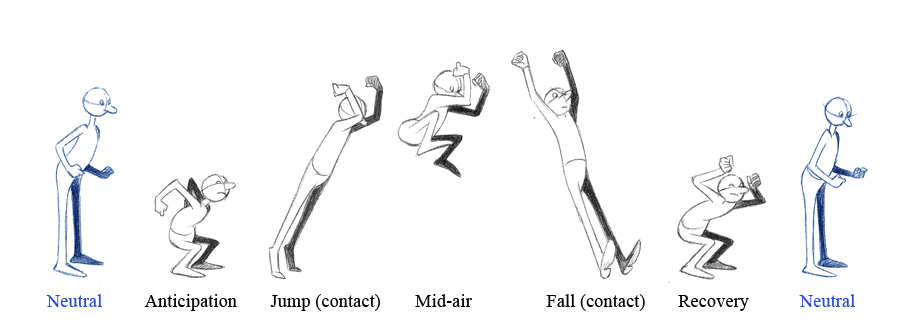
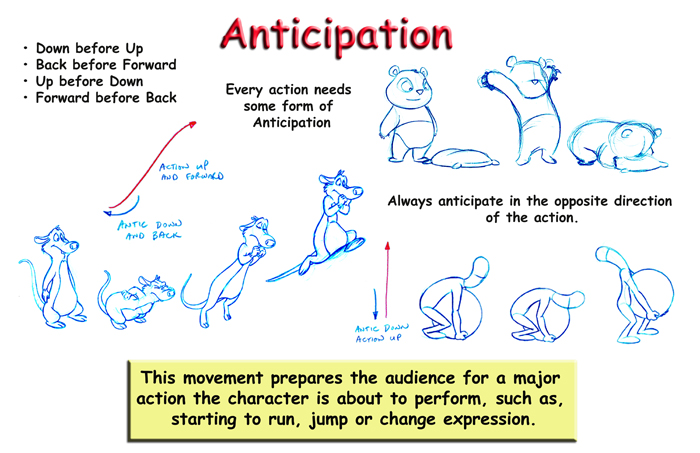





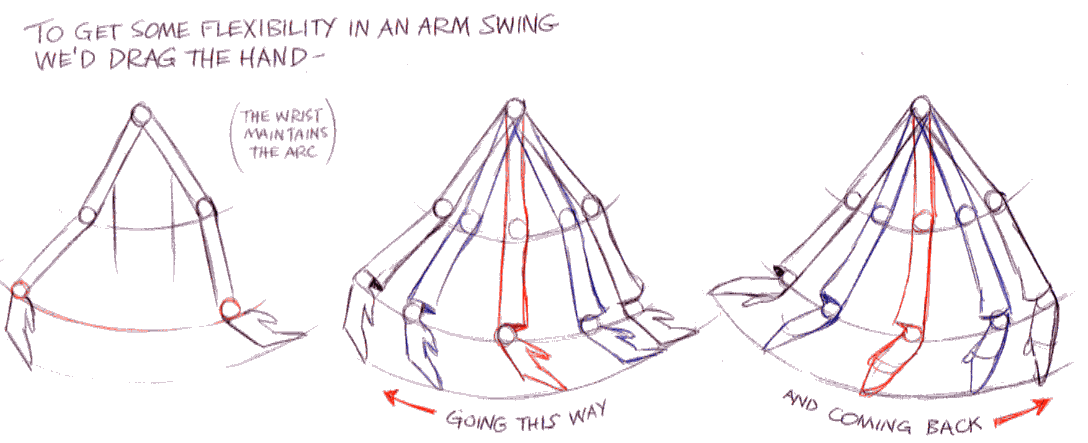
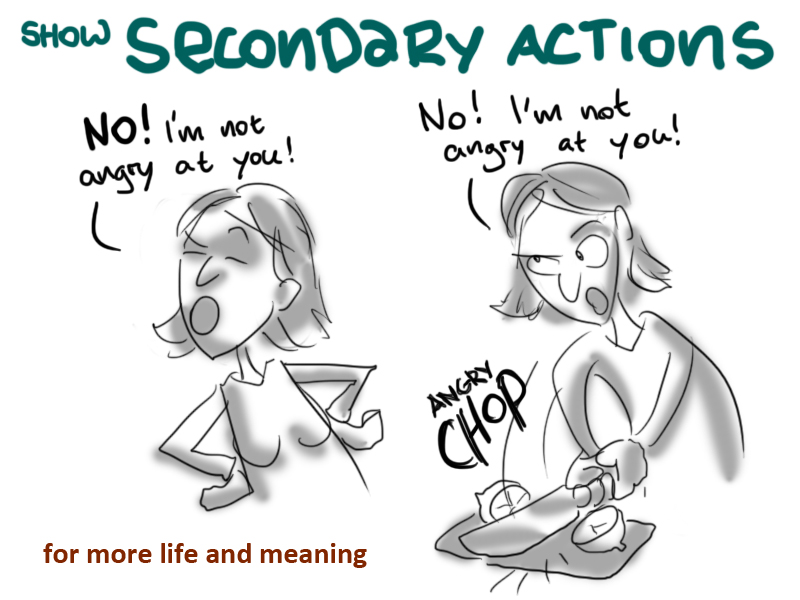
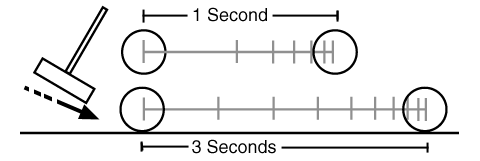



No comments:
Post a Comment